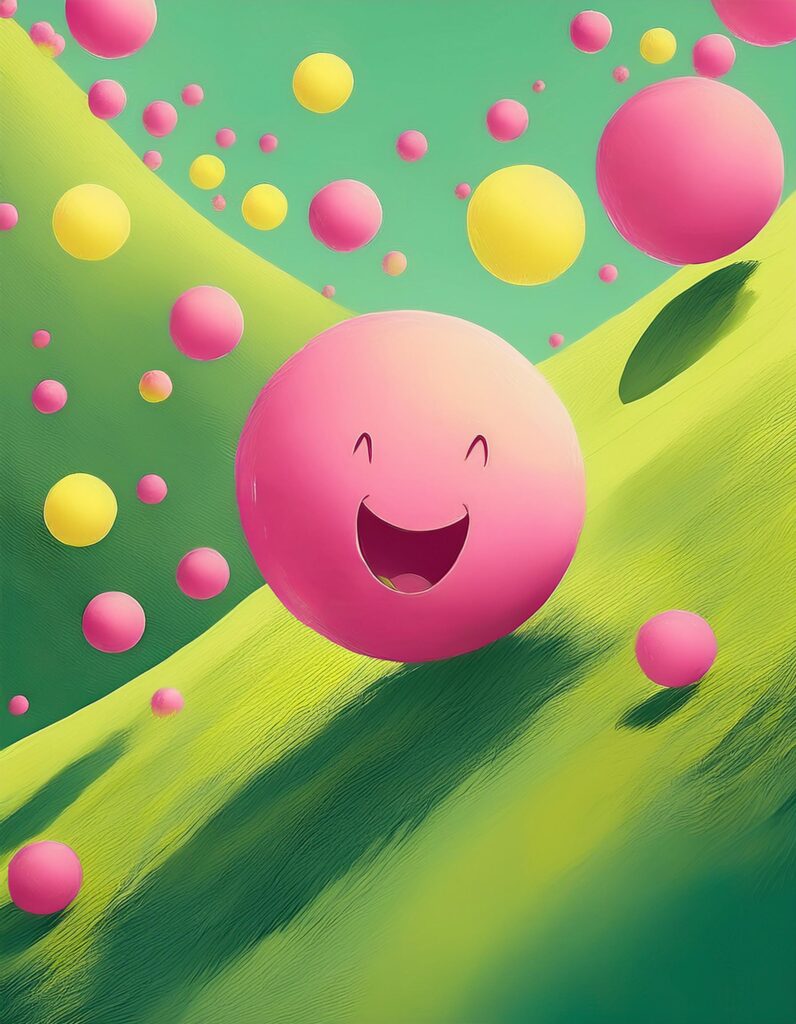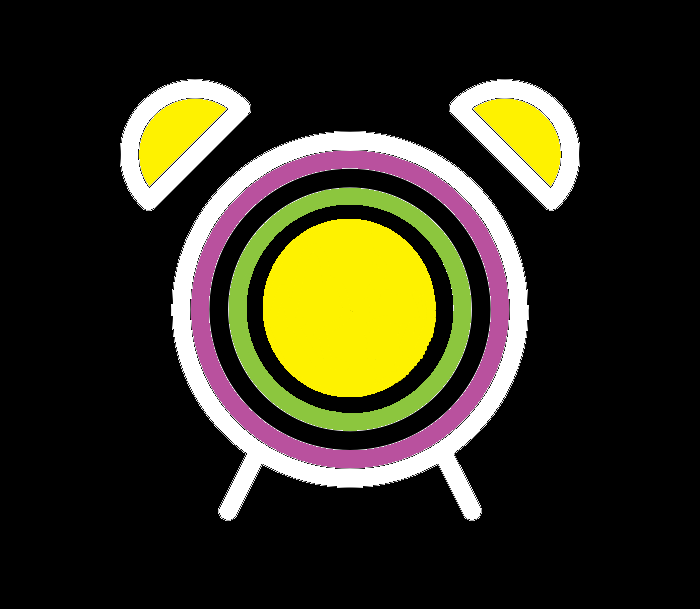Bouncing into Science: The Bubble Experiment for Kids
Bubbles, those shimmering spheres that float and fly, have captivated children and adults alike for generations. They seem to defy gravity, gliding through the air with a rainbow sheen, and then—pop!—they’re gone, leaving behind a moment of wonder. Today, we’re going to dive into a delightful experiment that not only brings the magic of bubbles into your home but also introduces a fascinating scientific concept to the young minds in your family.
The experiment we’re focusing on is the Bouncing Bubbles activity, a simple yet captivating exploration that allows kids to interact with bubbles in a way they never have before. Imagine being able to bounce a bubble on your hand without it popping! This activity is not just fun; it’s a doorway to understanding the delicate balance of forces that govern our physical world.
Now, let’s talk science. The branch of science at play here is surface tension, a property of the surface of a liquid that allows it to resist an external force, due to the cohesive nature of its molecules. In this experiment, the soap film of a bubble exhibits surface tension, which gives the bubble its round shape and allows it to stretch and bounce when it comes into contact with a surface like a glove or a sock. It’s a perfect demonstration of physics in action, showing how molecules work together to create strength and stability in a seemingly fragile structure.
Substitutions:
– If you don’t have glycerin, try using light corn syrup for added elasticity in your bubble solution.
– No bubble wand? A pipette with the narrow end cut off or a straw can work in a pinch.
– Out of wool gloves? Try using a cotton sock or even a piece of fleece fabric to catch and bounce your bubbles.
This experiment is suitable for children as young as 4 years old with adult supervision, making it a fantastic activity for preschoolers and up. The preparation time is minimal, requiring only the mixing of the bubble solution, which can be done in about 5 minutes. The active time of the experiment can vary, but children are often engaged for 20-30 minutes as they test and play with their bouncing bubbles. The results are immediate, providing instant gratification and excitement as children see the fruits of their labor take flight and bounce back from their hands.
So, gather your materials, or their handy substitutes, and prepare for an afternoon of bubbly joy and learning. It’s an experience that promises to pop with fun and knowledge!

Bouncing Bubbles
Ingredients
INSTRUCTIONS
-
Click here for the full experiment details. Checkout the main website: One Little Project
-
Get experimenting!
-
Feed your knowledge.
-
Come back for more recipes for science!






